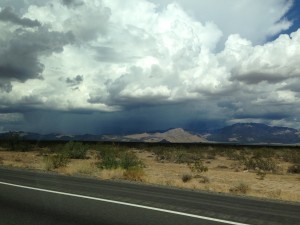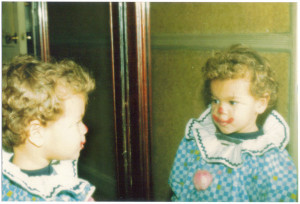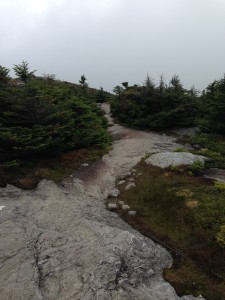 The idea that our civilization follows a path of reason or logic or unfolding wisdom seems not unlike the trust we might have had as children in the adult world. That is, until we began to see and understand the consequences of adult actions. Yet even then, as adults ourselves, we so easily fall into the practice of imagining that there are intelligent, wise beings guiding us. Or, one great and all powerful, wise and intelligent being…
The idea that our civilization follows a path of reason or logic or unfolding wisdom seems not unlike the trust we might have had as children in the adult world. That is, until we began to see and understand the consequences of adult actions. Yet even then, as adults ourselves, we so easily fall into the practice of imagining that there are intelligent, wise beings guiding us. Or, one great and all powerful, wise and intelligent being…
I understand that it might be in some sense comforting to feel that way. But doesn’t that relieve us of some responsibility to dig deep and get a grip on what’s really happening? I appreciate that holding such a trust in the all-knowing or those who appear more powerful, stronger or smarter than ourselves may help prevent us from sinking into despair. And maybe that is the door you choose as you move through life.
I wonder sometimes whether such beliefs let us off the hook, not just individually but as a species as well. If I trust in a plan that is inevitably controlled by forces beyond me, then I am helpless to change what happens. My influence is limited, and whatever choices I make will ultimately have no effect.
There are times when I am able to take a huge step back and see the BIGGER picture of how we are living on this planet. That’s when I wonder how there could possibly be a PLAN for the way we have developed. Seriously! What kind of plan is it that we perpetually treat each other as trash? Is the plan that we war with each other until there is only a handful of us left, and then how will they live? What part of this plan dictates that we use up all the resources on this planet while expecting that we won’t suffer while waiting for someone/something to bail us out of the predicament that results?
I ask you, “What the f**k kind of PLAN is this?” Wouldn’t it make more sense to take a look around and find some common ground with the other beings on this planet? Seems to me we have a great deal in common. We are more alike than not. We breathe the same air. We all require sustenance in the form of food/water. We all want to be healthy and safe from harm. We all want to live peacefully. We all want to know that we are worth something. We all want to love and/or be loved.
So, listen up! As we stumble around in the dark on this earth, see if you can find a hand to hold and then offer your other hand to someone else. That’s when you may actually feel that we are all connected, that in order to make our way forward, we must depend on each other. We have connection to all livings beings and the earth, but as human beings, we alone are capable of the conscious awareness needed to change direction. We have a responsibility to do this or else we must take responsibility for failing, and that would be a tragic ending to this human story.
Don’t you agree?




 power and vulnerability as it applies to creating a sustainable environment. We all have hopes or assumptions that we will continue living the good life here on earth in much the same as way we have been or better. The bad news is that how we are currently living is not sustainable – not for those of us who benefit daily from technological advances or for those who fight daily to meet the need for food, water and safety. We are living a lie.
power and vulnerability as it applies to creating a sustainable environment. We all have hopes or assumptions that we will continue living the good life here on earth in much the same as way we have been or better. The bad news is that how we are currently living is not sustainable – not for those of us who benefit daily from technological advances or for those who fight daily to meet the need for food, water and safety. We are living a lie.

